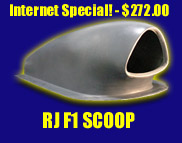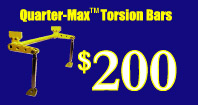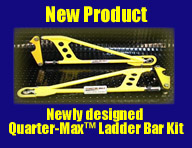|
|
|
|||
|
|
"Today we'll be able to make comparisons between the old Firebird and the next-generation racecar," explained Foxen Canyon crew chief Richard Hogan. "We can run the two cars back to back on the same day, in the same tunnel and gather information that is directly comparable. We know that the data is correct from one car to the next, so that will give us a guaranteed comparison. That way we don't have to run the new car on the racetrack to know that it's going to work as well as the old car." Wind for the test is created by a 45-foot high fan that blows air through a 750-foot circuitous concrete cavern to a platform where Sarver's Firebird is sitting. Along the way, the diameter of the walls inside the cavern decrease so that the area in which the air travels is compressed, which causes the wind speed to increase. The platform where Sarver's car sits is in the most condensed space of the tunnel and where the highest wind velocity is generated. For this test, wind speeds will reach a sustained velocity of 115 mph; those are the same wind speeds generated by a category three hurricane or an F2 tornado.
For obvious reasons, no one is allowed in the chamber during the individual test sessions which can last anywhere from 45-90 seconds. Onlookers watch in a control room behind plexiglass windows while GM engineers and team members from the Foxen Canyon race team keep track of the results on computer monitors. The only indication that there's anything going on inside the test chamber is the severe buffeting on the rear spoiler of the Firebird, along with a long piece of white string approximately 36 inches long that usually dangles down from the windows but has now become parallel with the cement floor. The results from each "pull" in the tunnel are evaluated immediately,
and after each session team members rush into the chamber to make the
necessary changes in anticipation of the next test. After the adjustments
are made, a warning bell is sounded, the team members quickly exit the
chamber and the process is started again. At around one o'clock, the
old Firebird is removed and the second-generation racecar is pushed
onto the platform. |
|||
|
Copyright 1999-2001, Drag Racing Online and Racing Net Source |
||||









